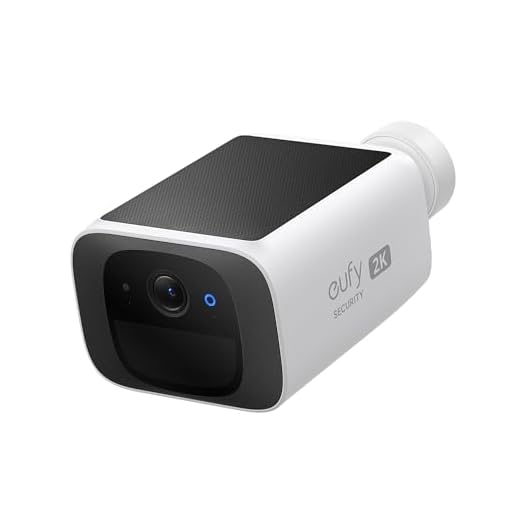


Security cameras are an essential tool for monitoring and protecting our homes and businesses. They provide a sense of security and peace of mind, allowing us to keep an eye on our property even when we’re not there. However, if you’re looking to switch to a different security camera system, you may be wondering if your existing cameras can work with the new system.
The compatibility of security cameras with different systems depends on a few factors, such as the type of camera and the protocols it uses. Some cameras are designed to work only with specific brands or systems, while others may be more versatile and can be integrated into different systems with the right setup.
Before making any changes to your security camera system, it’s important to do your research and consult with a professional to ensure compatibility and proper functionality. By understanding the capabilities of your cameras and the requirements of the new system, you can make an informed decision about whether your security cameras can work on another system.
Can Security Cameras Be Compatible with Different Systems?
Security cameras can be compatible with different systems, depending on the type of camera and the system it is being connected to. Some security cameras are designed to work with specific systems, while others are more flexible and can be integrated with various systems.
When selecting a security camera for your system, it is important to consider compatibility with your existing setup. Some cameras use proprietary protocols or software that may not be compatible with other systems. However, many modern security cameras use standard protocols such as ONVIF, which allows them to be easily integrated with different systems.
If you are unsure about compatibility, it is recommended to check the specifications of the camera and the system you are using. You may also consult with the manufacturer or a professional installer to ensure that the camera will work seamlessly with your system.
| Pros: | – Flexibility to work with different systems |
| Cons: | – Some cameras may have proprietary protocols |
Compatibility of Security Cameras
When it comes to security cameras, compatibility is a crucial factor to consider. Not all security cameras are compatible with every system, so it’s important to ensure that your camera will work with your existing setup.
Some security cameras are designed to work seamlessly with specific systems, while others may be more versatile and able to work with a variety of systems. It’s important to check the specifications of both your camera and your system to ensure compatibility.
Factors to Consider for Compatibility:
1. System Compatibility: Make sure your security camera is compatible with the system you are using, whether it’s a wired or wireless system.
2. Power Source: Check if your camera requires a specific power source or if it can work with the power source available in your system.
Factors Affecting Compatibility
When considering whether one security camera can work on another system, there are several factors that can affect compatibility:
1. Protocol Compatibility
Security cameras often use different communication protocols to transmit data. For example, if one camera uses the ONVIF protocol and the other uses a proprietary protocol, they may not be compatible with each other.
2. Power Requirements
Security cameras may have different power requirements, such as voltage and current. It is important to ensure that the camera you are trying to use is compatible with the power supply of the system you want to connect it to.
How to Check Compatibility
When trying to determine if a security camera can work on another system, there are a few key factors to consider:
- Camera Type: Check if the camera is compatible with the specific type of system you are using (e.g., analog, IP, wireless).
- Connectivity: Ensure that the camera and the system use the same connectivity protocols (e.g., Wi-Fi, Ethernet).
- Power Requirements: Verify if the camera’s power requirements match the power supply of the system.
- Resolution: Make sure the camera’s resolution is supported by the system for optimal video quality.
- Compatibility Lists: Check manufacturer specifications and compatibility lists to see if the camera is designed to work with other systems.
By considering these factors and doing thorough research, you can determine if a security camera is compatible with another system before making a purchase.
Steps to Connect Cameras to Different Systems
When trying to connect a security camera to a different system, follow these steps:
- Check compatibility: Ensure that the camera and the new system are compatible with each other.
- Configure settings: Adjust the camera settings to match the requirements of the new system.
- Connect cables: Connect the camera to the new system using the appropriate cables and ports.
- Install software: Install any necessary software or drivers on the new system to enable communication with the camera.
- Test connection: Test the connection to ensure that the camera is working properly with the new system.
Benefits of Using Cameras on Different Systems
Integrating security cameras from different systems can offer several benefits for your surveillance setup. By utilizing cameras from various manufacturers and systems, you can:
1. Increase Compatibility
Having cameras that work on different systems allows you to mix and match devices without being limited to a single brand or platform. This flexibility can help you find the best cameras for each specific location or purpose.
2. Enhance Scalability
Using cameras on different systems can make it easier to scale your surveillance system as your needs evolve. You can add cameras from different systems to expand coverage without worrying about compatibility issues.







